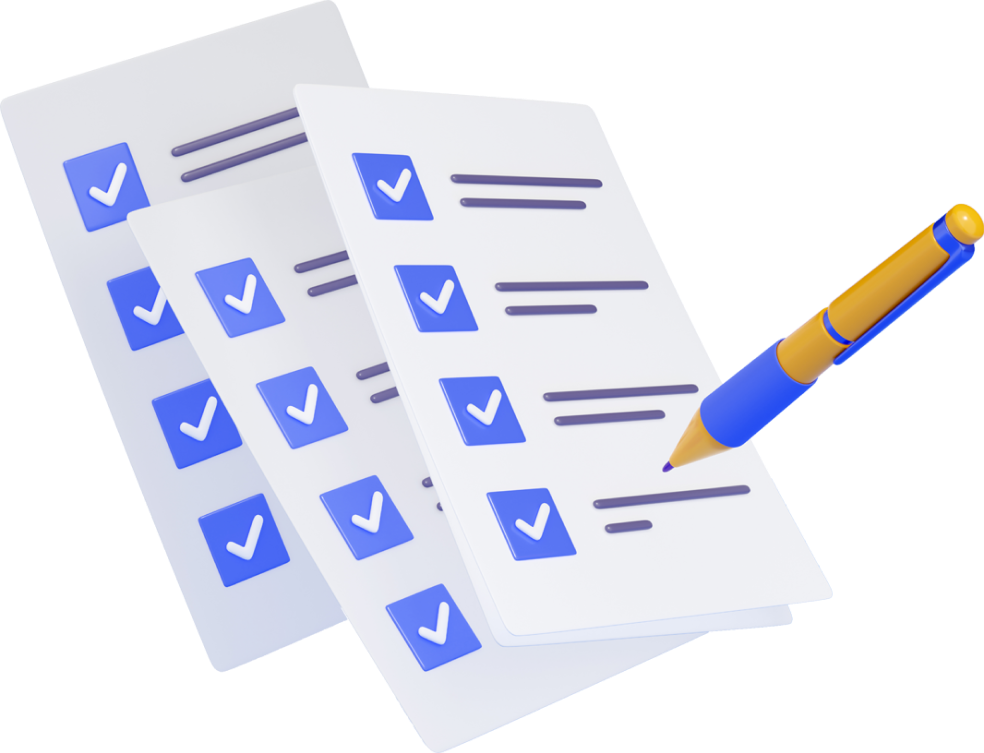For women who have experienced trauma, finding peace can feel impossible. The mind holds onto painful memories, the body carries the weight of past experiences, and emotions often become overwhelming. At the Omid Foundation, we have seen how trauma affects the women we support in Iran and Afghanistan, making healing a difficult journey. But one of the most powerful tools for recovery is something universal, something that transcends language and borders—music.
Music has been used for centuries to comfort, uplift, and heal. It has the ability to calm the nervous system, bring back forgotten joy, and provide an escape from pain. In the lives of trauma survivors, sound can become a bridge to healing.
The Science Behind Music and Healing
Studies have shown that music has a direct impact on the brain, helping regulate emotions and reduce stress. When we listen to music, our brain releases dopamine, a chemical linked to feelings of pleasure and relaxation. This is especially important for trauma survivors, as prolonged stress can disrupt the body’s ability to experience joy.
Music therapy can help by:
- Reducing Anxiety and Depression: Slow, calming music lowers heart rate and blood pressure, helping the body move from a state of stress to a state of relaxation.
- Regulating Emotions: Trauma often causes emotional numbness or overwhelming sadness. Music can gently help reconnect a person with their emotions.
- Creating a Sense of Safety: Soft melodies and familiar sounds can provide comfort, making a person feel safe in their surroundings.
- Encouraging Self-Expression: Whether through singing, drumming, or listening, music allows emotions to be expressed without the need for words.
For many women we work with, music is not just a distraction from pain—it is a pathway to healing.
Music as a Tool for Trauma Recovery
At the Omid Foundation, we encourage women to use music in their healing process in different ways:
Listening to Calming Music
Gentle instrumental music, nature sounds, or soothing melodies can help reduce anxiety and provide a sense of peace. Many women find comfort in listening to traditional lullabies or soft classical music before sleeping.
Singing and Chanting
Singing releases tension and helps regulate breathing, which is often disrupted by trauma. Even humming a simple tune can stimulate the vagus nerve, which helps the body relax.
Playing an Instrument
Drumming, strumming a guitar, or tapping a rhythm on a table can be a powerful way to release built-up emotions. Many cultures use drumming as a form of healing, helping to restore a sense of control and connection.
Writing Songs or Poems
For women who struggle to speak about their trauma, writing lyrics or composing melodies can be a safe way to express emotions. Turning pain into art allows survivors to tell their stories in a way that feels empowering.
Healing Through Sound
Music is more than just entertainment—it is a lifeline. For women who have lived through war, oppression, and violence, it offers comfort, strength, and hope. At Omid Foundation, we believe in the power of music to rebuild lives, restore confidence, and heal hearts.
No matter how deep the wounds of trauma may be, the right song, the right melody, can be a source of light in the darkness.

